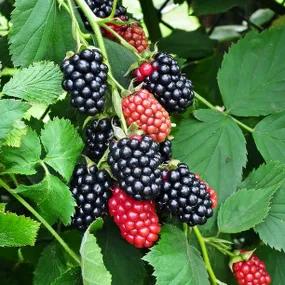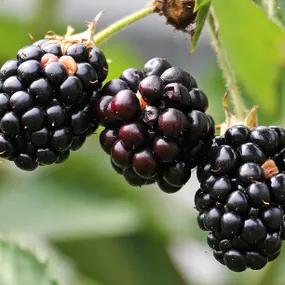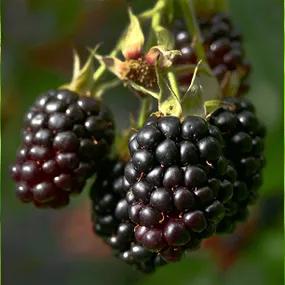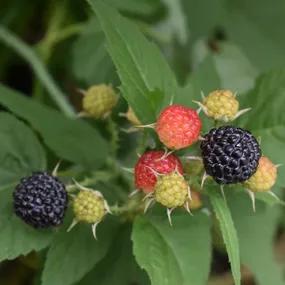Thornless, early, late, small and large Blackberry varieties: we sell them all. The smallest plants can
The wild bramble needs no introduction, being one of the common perennial garden weeds, and while their wild fruit are a welcome discovery on a stroll, they are best used to create wildlife habitat, rather than as an addition to your well-maintained garden...
Browse our other Soft Fruit Plants.
Your mail order blackberry plants are delivered by next working day courier.
If there is anything wrong with your plants when they arrive, Contact Us within 5 working days, and our friendly support team will sort it out.
All bareroot plants are covered by our Refund Guarantee, so you can give them a whirl with complete confidence.




.webp)


 1.webp)

